While I was in Iceland for my recent trip, I learned a great deal about its history, as well as some unique characteristics of the great Nordic country.
Here are some of my favorite Iceland facts.
1. There was a Great Icelandic Beer Ban
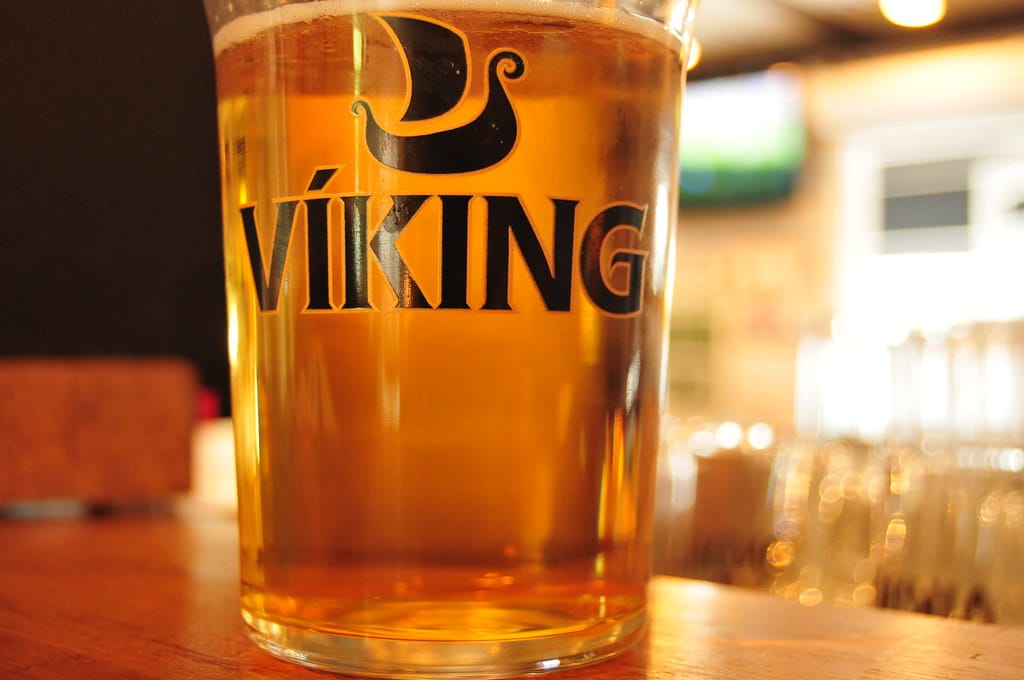
Iceland had a prohibition on alcohol starting in 1915. The ban on wine was lifted early in 1922 to support exports from Spain and lifted for spirits in 1935 as well.
However, beer specifically remained banned in Iceland until 1989! Pretty rude if you ask me…
At least nowadays, Iceland commemorates the lift of the ban (and makes up for lost time?) by celebrating beer day on March 1 every year. Of course, in my opinion, every country should have a beer day just because.
It’s also curious, but perhaps unsurprising, that Iceland has one of the lowest proportions of people who drink alcohol (measured as at least one drink per week), at just above 20%.
2. Rettir, Iceland’s Annual Sheep Roundup
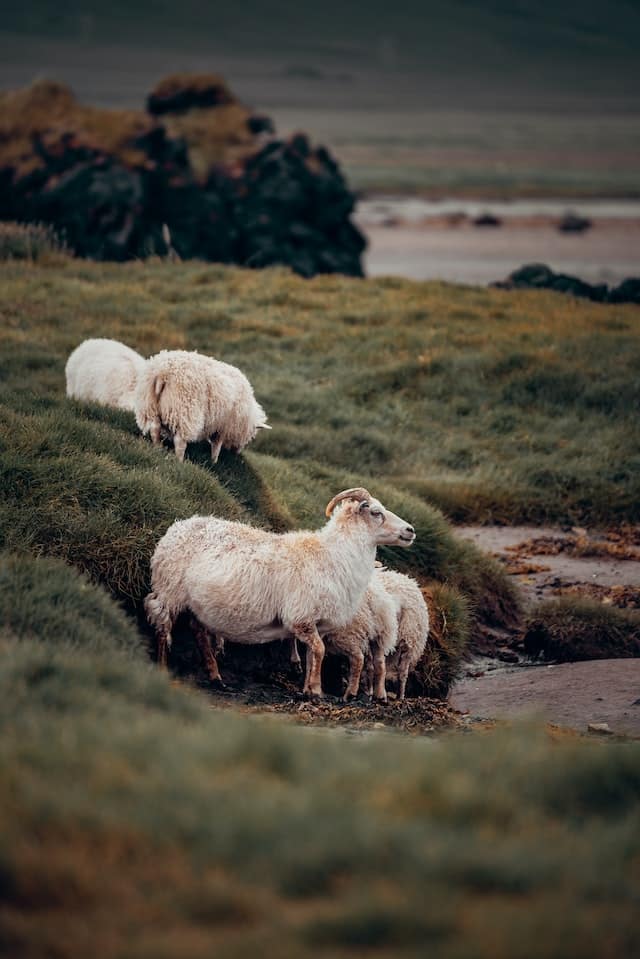
If you explore Iceland’s ring road, seeing sheep dispersed throughout the fields (and often on the roads) is something you will get used to.
The Icelandic is an exciting breed of sheep. Like many animals in Iceland, they are thought to have been brought over by Vikings in the ninth or tenth century and are an extremely pure breed. Even cooler, a unique strain within the sheep population produces a ‘Leader sheep’, which carries a hereditary ability or predisposition to lead other sheep safely over dangerous ground. Dare I say, an alpha sheep?
Today there are about 400,000 sheep in Iceland, more sheep than humans. The sheep today are principally used for meat, but in the past, it was the predominant milk-producing animal in Iceland. Of course, Icelandic wool is also a major use.
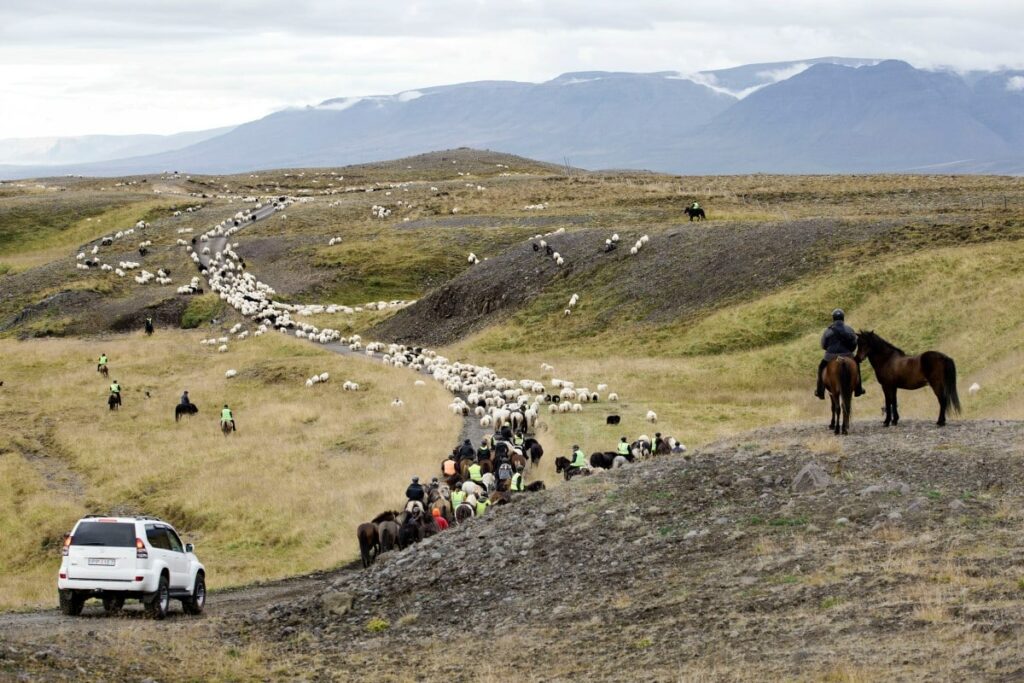
Every year before winter, Icelandic farmers participate in rettir, a 300-year-old Icelandic tradition where all the sheep in Iceland are rounded up and corralled. Farmers make use of Icelandic horses for this task and tourists can even participate via the company Riding Iceland.
3. The Icelandic Horse is the Purest of All Breeds
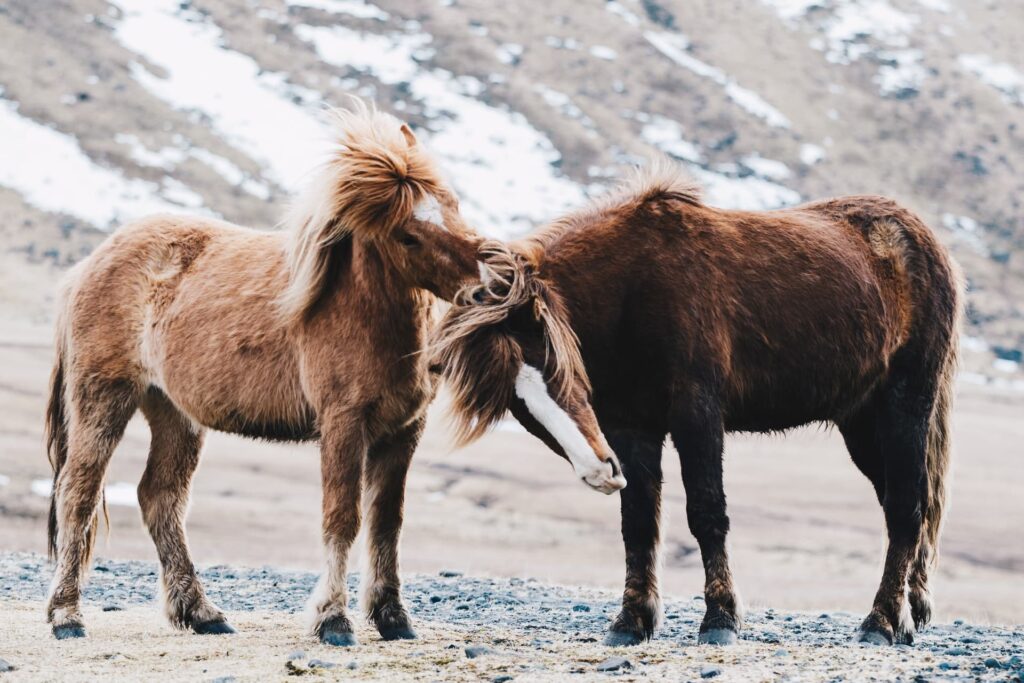
The Icelandic horse is a unique breed of horse and an important part of Iceland’s history. They arrived with the Vikings in the 9th century. They are the only breed in the country and are believed to be the purest breed in the world, with over 1000 years of no cross-breeding. This purity is maintained still by Icelandic laws that prevent horses from being imported into the country and also prevent exported horses from returning.
Icelandic horses are physically unique as well, being a stockier muscular breed. They are actually on the cusp of being pony-sized. They are adapted to grow long hair in the winter and short hair in the summer.
Icelandic horses have five gaits, while most horse breeds have just three or four. The typical walk, trot, and canter/gallop as well as two additional gates: the tölt and the flying pace.
The tölt is a very smooth gait that is the most distinctive of the breed and can be performed at a variety of speeds.
4. Iceland has the Most Book Authors Per Capita in the Entire World

Iceland is a country with a strong focus on reading and writing. A study showed that 50% of Icelanders read at least 8 books per year, and 93% read at least one book per year.
Despite Iceland’s population being rather small at some 350,000 people, the country is gifted disproportionately with serious writers. Statistics show almost 1 out of every 10 Icelanders will publish a book in their lifetime, more than any other country.
Then there is the Jólabókaflóð – Christmas book flood – an Icelandic tradition that describes the flood of book publishings that occurs in the months leading up to Christmas, and then the subsequent gifting of new books as Christmas presents.
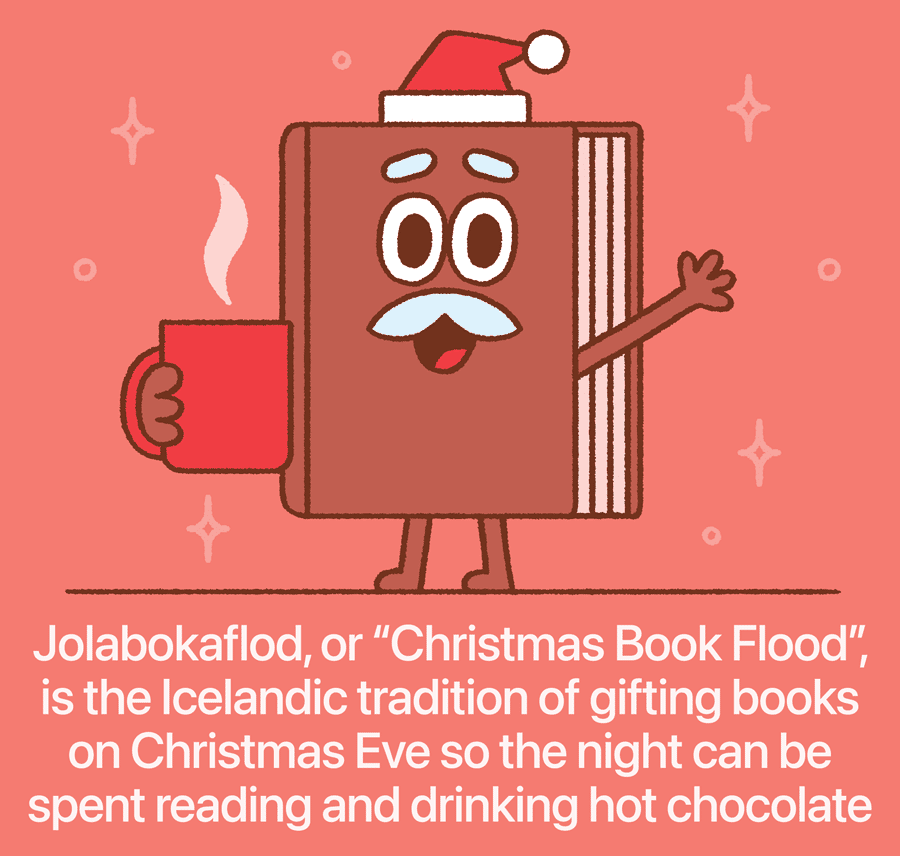
If you’re looking for some famous Iceland literature, Halldór Kiljan Laxness is one of the country’s most notable and famous authors and has even won a Nobel Prize in Literature. His books can be found everywhere in the country, including in gas stations.
5. Largest Puffin Population in the Atlantic
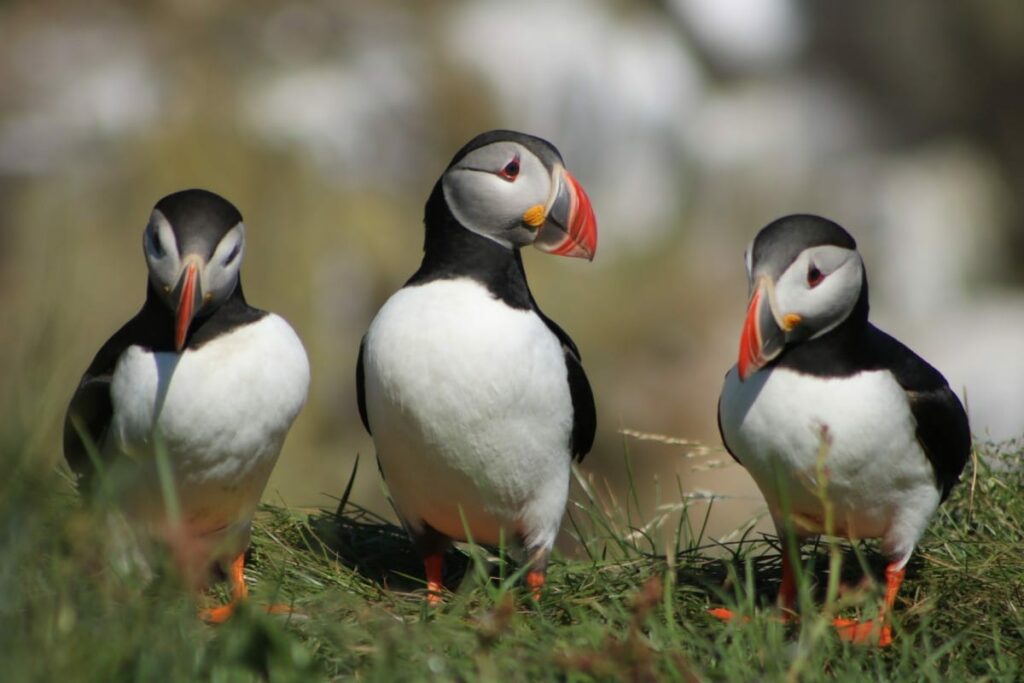
Iceland is home to the largest population of Atlantic puffins in the world, with a total of between 8 and 10 million birds. This is more than half the total global population of Atlantic puffins.
Puffins are a very unique bird species. They’ve been nicknamed ‘sea parrots’ and ‘clowns of the sea’. Some interesting facts about them:
- They spend most of the year out at sea resting on waves and come ashore only to breed and raise their young, known as pufflings.
- Puffins are extremely monogamous and mate for life.
- Each year, the female puffins produce only a single puffling. Male and female puffins take turns incubating their single egg in burrows they dig in turf or soil.
- Puffins can dive to 60 meters and fly at 88 km/hr.
- They live quite long, 20-25 years.
Puffins are currently considered a vulnerable species globally. They were historically eaten as a cultural tradition, although this is less common now as most consider their meat too tough and briny (although they are still commonly eaten on the small island of Grimsey).
Apparently, they taste best when smoked, almost like a pastrami, or broiled in lumps resembling liver…
Where are the best spots in Iceland to spot puffins?
There are several prominent spots where these adorable birds like to gather in Iceland. They include the Latrabjarg cliffs, South Snaefellness peninsula, Westman Islands, Dyrholaey promontory, and Ingolfshofdi headland.
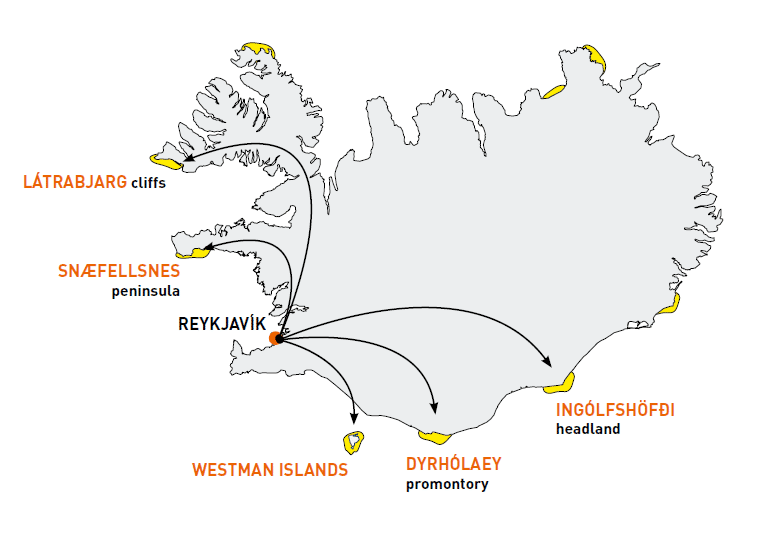
Notably, you will mostly only see puffins between May and August, as that is typically when they arrive in Iceland. They will also go out fishing during the day so evening is generally a better time to go spotting.
6. Iceland Has a Penis Museum
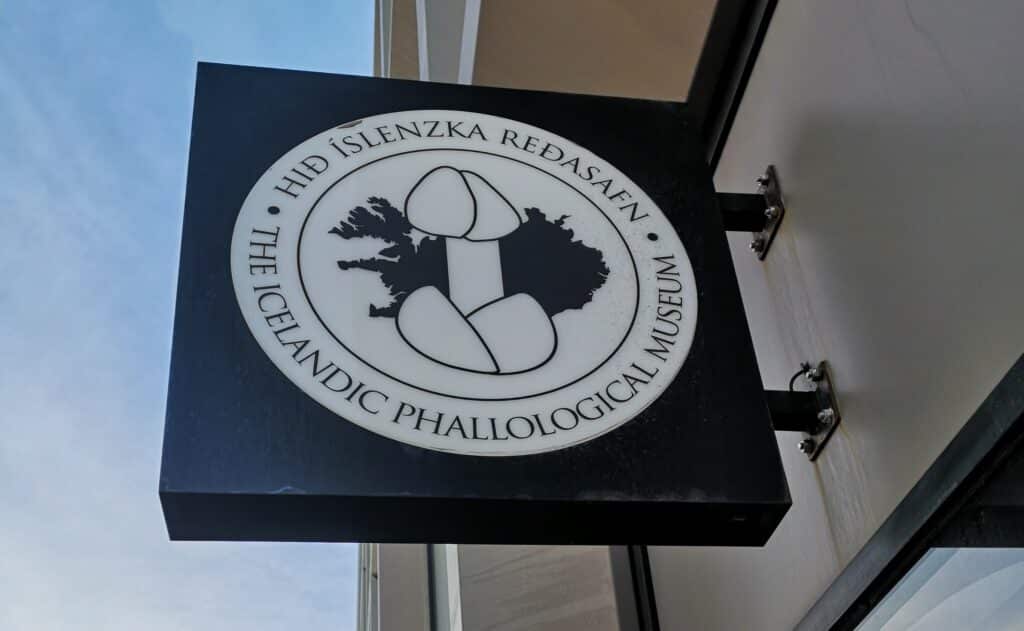
Iceland has a museum dedicated to penises and penile parts, called the Icelandic Phallological Museum. This is the only museum dedicated to phallology in the world.
The museum contains a collection of more than two hundred and fifteen penises and penile parts belonging to almost all the land and sea mammals that can be found in Iceland.

The museum even claims to have penises from elves and trolls, but of course you can’t view them as elves and trolls of Icelandic folklore are invisible.
7. EVE Online: Video Game or a National Treasure?

The massively multiplayer online space game EVE Online, one of the largest science fiction games of all time, was created in Iceland. The game is widely celebrated there and there is even an EVE Online monument dedicated to the game, located in Reykjavik.
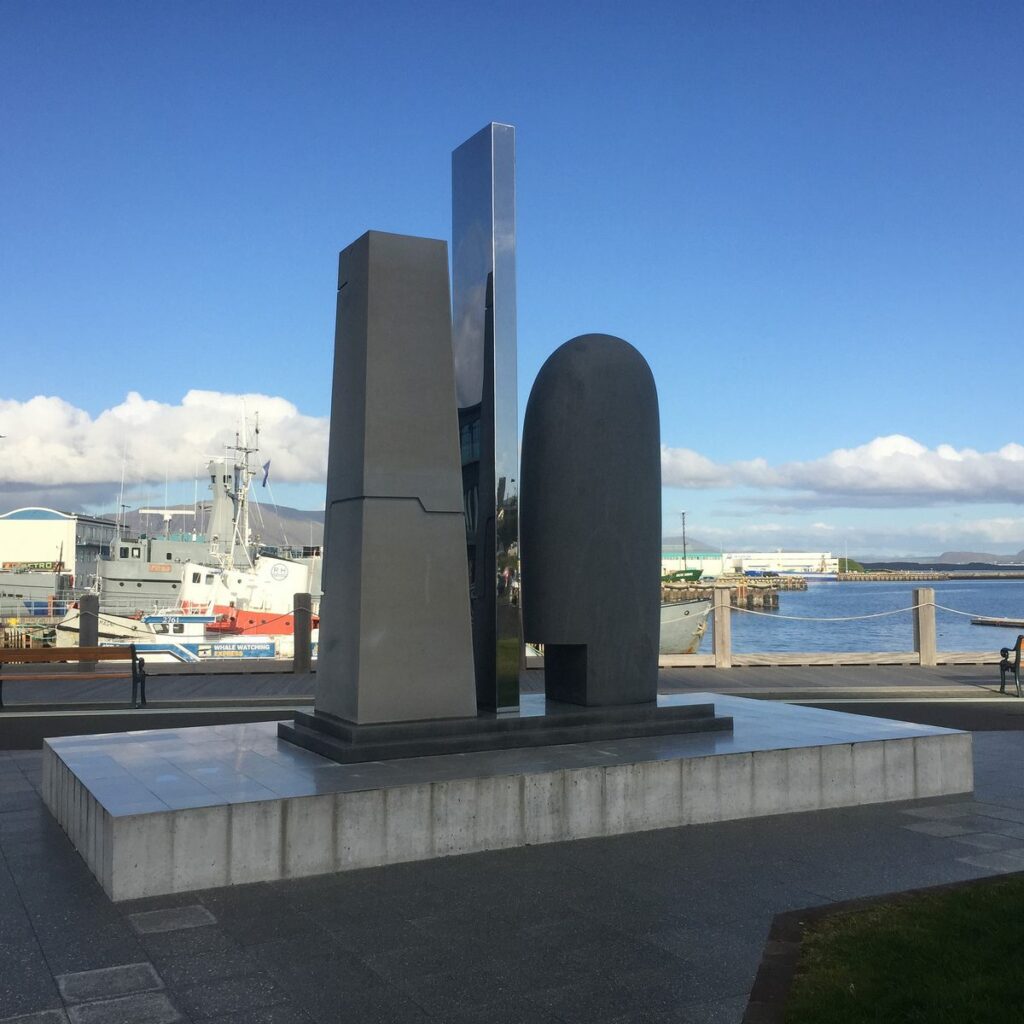
Every year there is a massive festival gathering held in Reykjavik for players and fans of the game, called EVE Fanfest.
Even more interesting is the history of this game and its ties to the Icelandic currency, the Icelandic Krona (ISK). The in game currency is called Interstellar Kredit (ISK). The development company behind EVE Online, CCP games, is estimated to make up between 0.5% and 1% of Iceland’s GDP. That makes CCP a relative monster within the Icelandic economy.
There is also the Battle of B-R5RB, the largest player-versus-player battle in gaming history. I’ll leave the Wikipedia article to you to read if you want to go down that rabbit hole.
Seven More Honorable Mentions
In addition to the above-mentioned facts about Iceland, here are a few more worth brief mentions.
The ‘Midnight Sun’
During the summer Iceland has a midnight sun, meaning the sun never actually sets and Iceland is never in full darkness.
This occurrence is most pronounced on June 21, the summer solstice, where Iceland has almost no darkening in the sky at all. There is an annual music festival called Secret Solstice on this day to celebrate the lack of night. And what better reason to party all night than a lack of any ‘night’, right?
Low Crime Rate
Iceland has a very low crime rate (both general and violent crime), thought to be due to a culture of nonviolence. Even though gun ownership by civilians is common in Iceland, it hasn’t had a gun-related murder since 2007. Furthermore, Iceland has no standing army or air force and the police do not even carry guns.
Iceland does have a national coast guard, however.
Unique Topography
Iceland’s unique topography is one of the main draws for tourists, including volcanoes, highlands, hot springs, geysers, waterfalls, and more.
‘Foss’ is the Icelandic word for waterfall, and there may be as many as 10,000+ of them in Iceland.
Reykjavik, like most of Iceland, is geologically active. Earthquakes are not uncommon in the capital city. Of course, there is also lots of volcanic activity nearby, as well as hot springs like the Blue Lagoon.
Tourism-dependent Economy
Tourism is the largest contributor to Iceland’s GDP, more than 33%, and is one of the most tourism-dependent countries in the world. Fisheries now account for a close second at 27% of GDP.
Red Northern Lights
Iceland is one of the few countries in the world where you can see red-colored Northern Lights, which are usually associated with particularly strong solar activity. The Northern Lights can be seen in Iceland from September to March and are a sight to behold, red or not.
100% Renewable Energy
Iceland is run almost entirely on renewable energy (99.96%), primarily geothermal energy. As a result, it is considered one of the most eco-friendly countries in the world and as a result, the capital city of Reykjavik has won many environmental prizes and awards.
45 Hour Work Week
Icelanders are hard workers. They actually work longer than average for European countries, as the norm for a work week here is 45 hours.
On the other hand, Iceland has been doing small trials of shorter work weeks over the past few years, including 4 day work weeks. So this may be set to change in the future.
Conclusion
Iceland is an incredible country, known to be a volcanic island with fairy-tale landscapes. But clearly, there is more to Iceland than just aesthetics.
I enjoyed learning more about the Icelandic language, history, and folklore during my recent trip and hope to learn even more when I find myself visiting Iceland again in future travels!
Reed Sutton
Latest posts by Reed Sutton (see all)
- Earn Cash Back Rebates on National Bank Credit Cards - Jun 29, 2025
- Review: Starlux Airlines Premium Economy (A350-900) - Jun 23, 2025
- Review: Hotel Proverbs Taipei, a Member of Design Hotels - Jun 18, 2025
- Review: ZIPAIR “Full Flat” Business Class (787-8) - Jun 4, 2025
- Booked: Morocco & Portugal 2025 - May 18, 2025


